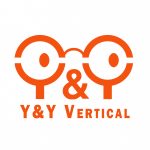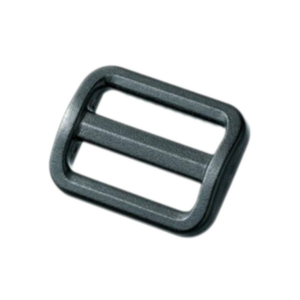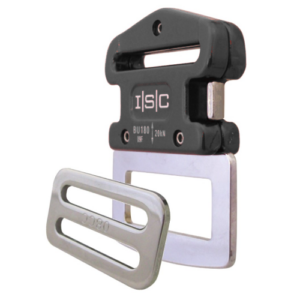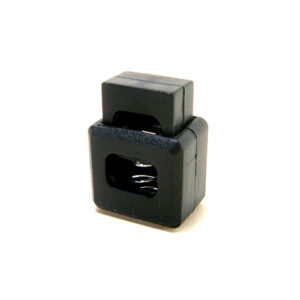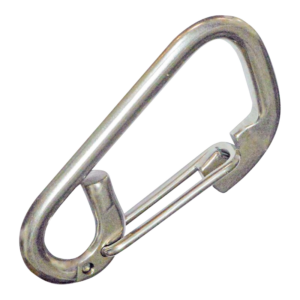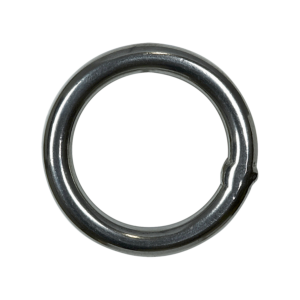Elevating work platforms include a variety of work platforms, which can be vehicle based, such as cherry pickers, fork-lift platforms, and scissor lifts, or building based, such as building maintenance units (BMUs) and suspended scaffolds. In addition to fall-protection, there are also issues of mechanical maintenance involved in the use of all EWPs for work at height.
In most cases workers using these devices require fall protection, because of the possibility of failure of the vehicle or structure mechanics. Scissor lifts are exempt, because they are not prone to this type of failure.
The bucket of a vehicle-based EWP must be fitted with a secure anchor point, and a fall-protection system usually requires just a fall-arrest harness combined with a medium-length lanyard. The lanyard should be shorter than the standard two-metre length to minimise the potential fall distance, as very little mobility is required within the vehicle’s bucket.
The lanyard can be permanently connected to the harness, to reduce the risk of disconnection, although connection with screw-links is also a safe method with no foreseeable way of becoming disconnected.
Because lanyards in cherry pickers can be quite short it may possible to prevent a fall of more than 600 mm occurring in any foreseeable scenario. In this case of “limited free-fall”, the lanyard is not required to have an energy absorber. The shorter the fall can be, the less chance there is of tipping the entire vehicle over.
Workers using BMUs and swinging stages require more freedom of movement. A horizontal life-line within the platform could be used if suitably strong anchorages are available on the unit.






